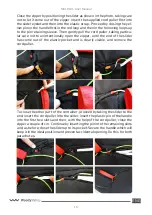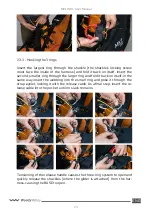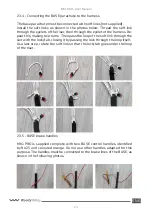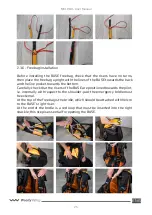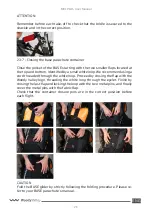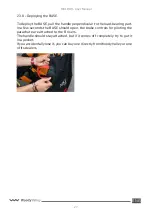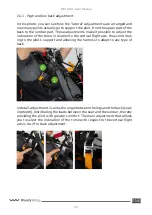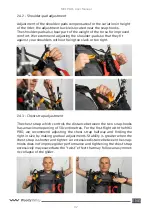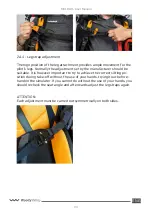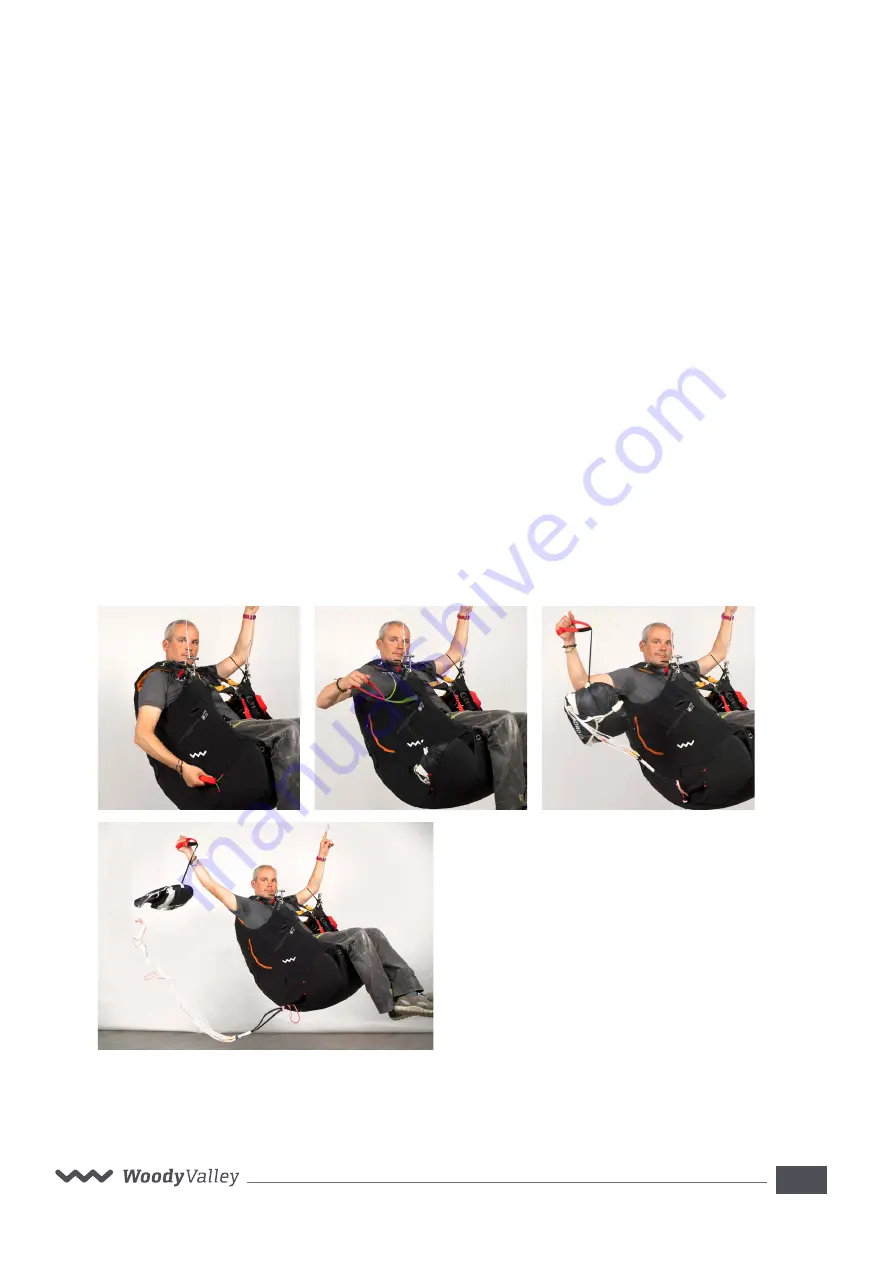
MK1 PRO - User Manual
20
ENG
2.2.5 - Extracting the reserve parachute
It is important to periodically check the position of the deployment handles
during normal flight so that the reaction to grab it is instinctive in the event
of an emergency.
In the event of an emergency situation, the deployment procedure is as fol-
lows:
•Look for the deployment handle and grasp it firmly with one hand.
• Pull the handle outwards in order to extract the reserve parachute
from the harness container.
•Look for a clear area and, in a continuous motion, throw the reserve
parachute away from yourself and the glider.
•After opening, keep the paraglider from interfering with the reserve
parachute as follows:
- If the leading edge is facing upward, pull the “D” risers or
the brakes and deflate your paraglider.
- If instead the leading edge of the glider is facing down-
ward, pull one of the”D” risers, or one brake to make the glider rotate with
the leading edge upward and then pull both brakes or both “D” risers to help
deflate your paraglider.
•On landing, assume an upright position and be prepared to perform
a “parachute landing fall” to minimise the risk of injury.
ATTENTION: In the event that both reserve parachutes are deployed, they
may mirror each other, increasing the rate of fall.
Summary of Contents for MK1 pro
Page 1: ......
Page 2: ......
Page 11: ...MK1 PRO User Manual 10 ENG ...
Page 49: ...MK1 PRO User Manual 48 ENG 8 APPROVAL CERTIFICATES 9 WARNING LABEL ...













